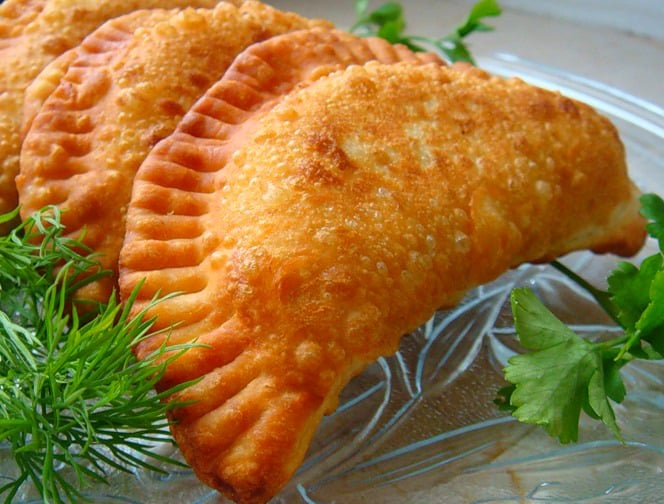On streets throughout the post-Soviet space, you can generally find the “чебурек” (cheburek) — a juicy, fried, savory pastry — for sale. This tasty treat likely originated in Turkey or Crimea and its popularity slowly traveled north and eventually spread throughout what is today the former USSR.
Why It’s Called “Cheburek”
(Почему они носят такое название?)
Cheburek was likely invented by the Crimean Tartars, who speak a Turkic language. The name “cheburek” comes from the original Turkic, “Çiğ Börek.” “Börek” refers to a family of baked of fried pastries, made of thin, flaky dough surrounding a savory filling that can range from cheese to meat to vegetables. “Çiğ” loosely translated, means “raw,” and refers to the fact that the dough is filled with raw meat and the entire dish is fried together.
While some believe the food came from Turkey, another theory is that it is a descendent of the Asian dumpling. Evidence for this is found in Mongolian kitchens, where they serve a dish nearly identical to cheburek but call it “хушуур” (khushur).
Of course, given the simplicity of the dish, it’s also possible that it was developed in multiple locations at once.
Another useful piece of information I’ve learned from buying cheburek from the local corner-store is how to properly ask about the filling. My first instinct was to ask “что внутри” (what’s inside)? However, after going to the store with native speakers, I have learned that it is far more common to ask “чебурек с чем” (cheburek with what)? This little tip will help you be understood more quickly!
How Cheburek Is Eaten
(Как правильно есть чебурек?)
Cheburek are easy and inexpensive to make and are a great street food, easy to eat without utensils while on the run. They can be found at corner stores, food stands, and restaurants throughout the former USSR. Additionally, many people make these in their homes as well, with the recipe being especially popular in Crimea and southern Russia. They are typically eaten with your hands.
Because the meat is cooked directly in the shell, sometimes there is loose grease inside. So, always make sure to have the half-moon pointing towards the ground when you bite into the cheburek to prevent any spillage – especially if the pastry is fresh. Cheburek are also best fresh, when the crispness of the shell with contrast with the moist filling. Given time, the pastry will absorb the moisture and the whole thing can become limp and soft.
How Cheburek Is Prepared
(Как правильно готовить чебурек?)
Cheburek can be made with a variety of fillings.
Meats used often include “баранина” (lamb), “говядина” (beef), and “свинина” (pork). The meat is ground together with seasonings such as “лук” (onion) and “укроп” (dill) ‒ optional to give it extra flavor. Adding a little water, milk, or stock when sending it through the grinder can make the meat a little juicier.
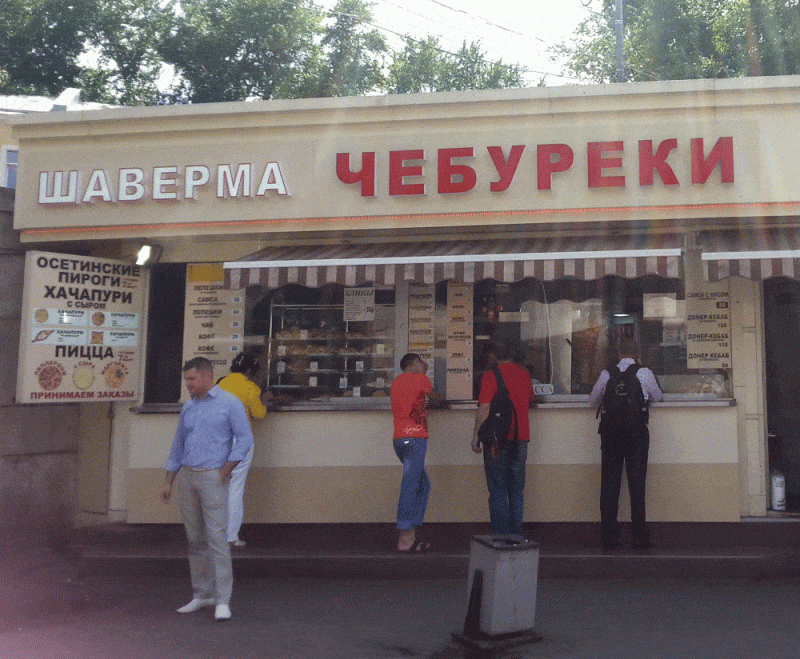
Vegetarian-friendly versions are also relatively common. Cheburek can also be filled with “сыр” (cheese), “картофель” (potatoes), “грибы” (mushrooms), “капуста” (cabbage), or “яйца” (eggs). The versatility of cheburek is one reason why it is a popular choice for anyone!
Some more health-conscious chefs will make cheburek in an oven. However, they are traditionally fried ‒ either in a deep-fat fryer or in a skillet with generous amounts of oil.
The size of the cheburek may vary as well ‒ typically, they will be the size and shape of a thin, hard shell taco. However, “мини-чебуреки” (mini-chebureks; cheburek poppers) can now be bought in many restaurants. Likewise, some stands and cafes make extra-large cheburek to help set themselves apart from the competition.
Lastly, it should be mentioned that frozen cheburek can now be bought in many grocery stores throughout the former USSR. These are sometimes meant to be microwaved, heated in an oven, or sometimes have been frozen raw and should be thawed and fried. However, much of the experience of this food rests on the contrasts in textures. The shell should be crispy on the outside but soft and chewy inside, with both contrasting with the texture of the soft meat. Generally, we have found, cheburek that are not prepared, cooked, and eaten fresh should be avoided.
Classic Cheburek Recipe
Давай приготовим!
| Чебуреки классические | Classic Cheburek |
| Ингредиенты
Для теста:
Для начинки:
Приготовление Тесто:
Фарш:
Наконец:
|
Ingredients
For the dough:
For the filling:
Preparation The dough:
The minced meat:
Lastly:
|
Our Favorite Cheburek Videos
Coming from a Russian television show called “Manly Food,” this video gives a very thorough demonstration on how to prepare cheburek. The Russian is clear and easy-to-understand, and the host demonstrates the instructions while speaking. After watching this video, you will be sure to learn some new words.
Watch this video to learn more about the Crimean Tartar cheburek.
You Might Also Like
The Kyrgyz are a Turkic people with a rich identity that revolves around their nomadic heritage. Although they were forcibly settled by the Soviets, some have maintained or returned to nomadic traditions. Other strong elements of their culture include faith in Islam that is heavily informed by previous (or present) belief in Tengrism, Zoroastrianism, and […] Kyrgyz holidays include many inherited from the USSR (although most of those have changed their form at least slightly). Kyrgyz holidays also include many adopted from Russian culture. However, many holidays have now been added to the calendar to celebrate patriotism toward independent Kyrgyzstan and Kyrgyzstan’s long-held Muslim heritage. Thus, Soviet, national, Orthodox, Muslim, modern, […] For those obsessed with all things pumpkin — pumpkin pie, pumpkin ice-cream, pumpkin-spice lattes — oromo (оромо) is sure to please. Oromo is a rolled, layered, steamed pastry that comes with various fillings (pumpkin being common and our favorite). It evokes everything we love about pumpkin season back home in the States. This main dish […] Central Asia’s rich tradition of carpet weaving reflects the region’s history, culture, and identity. From the ancient nomads of the Pazyryk Valley to the artisans of Kyrgyz yurts and the urban weavers of Samarkand, carpets have long served both practical and symbolic functions. Their materials, techniques, and motifs reflect centuries of interaction between nomadic and […] The Talking Phrasebook Series presents useful phrases and words in side-by-side translation and with audio files specifically geared to help students work on listening skills and pronunciation. Below, you will find several useful phrases and words. To the left is the English and to the above right is an English transliteration of the Kyrgyz translation. […]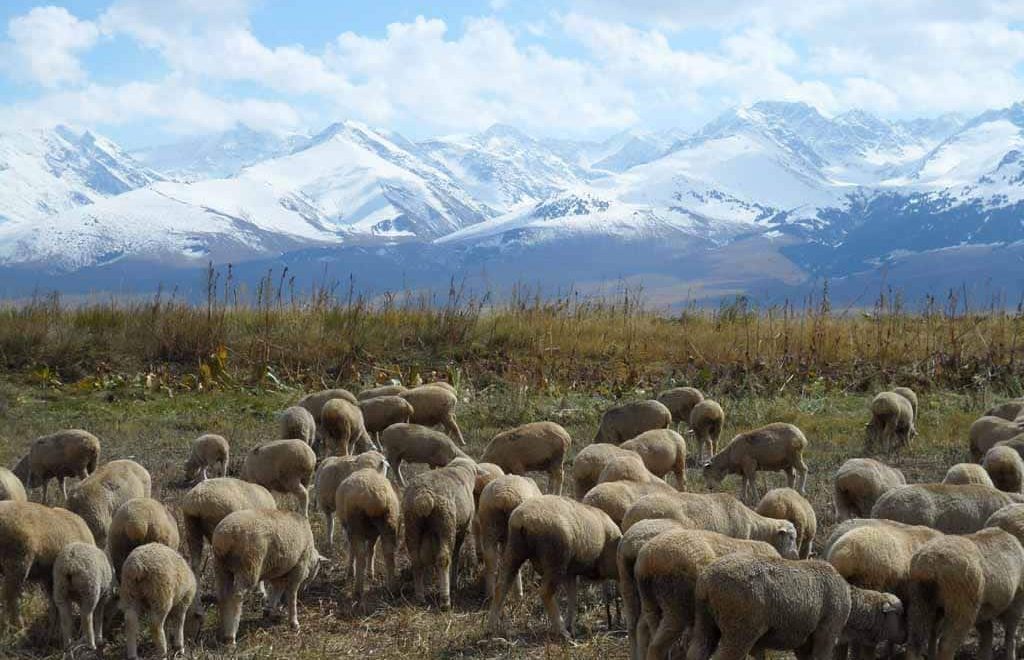
Sheep Guts Won’t Kill You: A Guide to Seeing the Kyrgyzstan that Most People Don’t
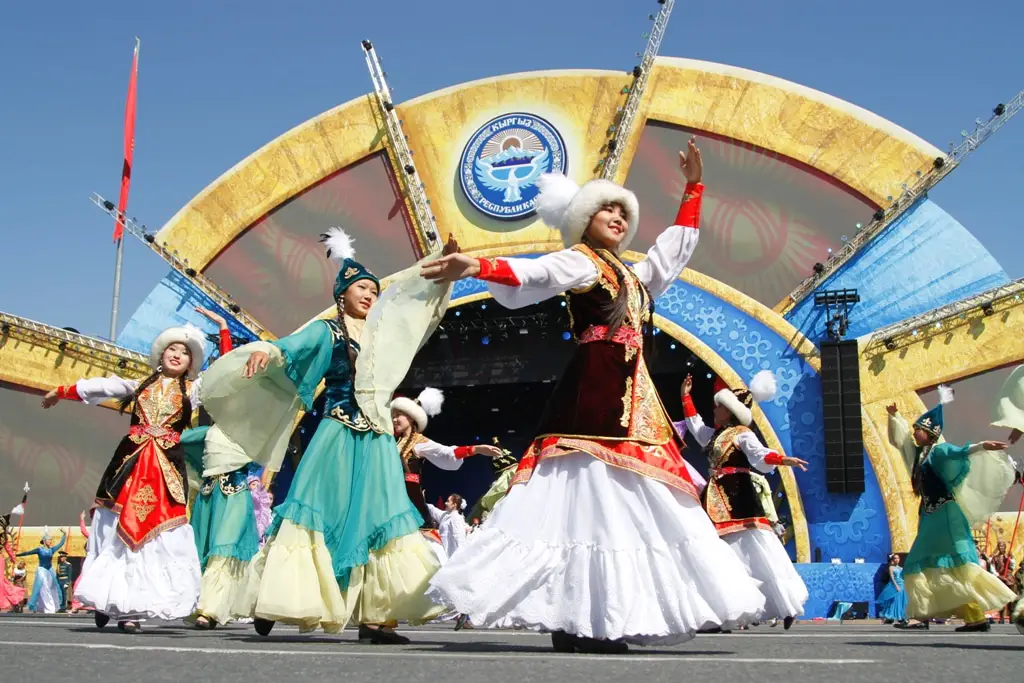
Kyrgyz Holidays 2026: A Complete Guide
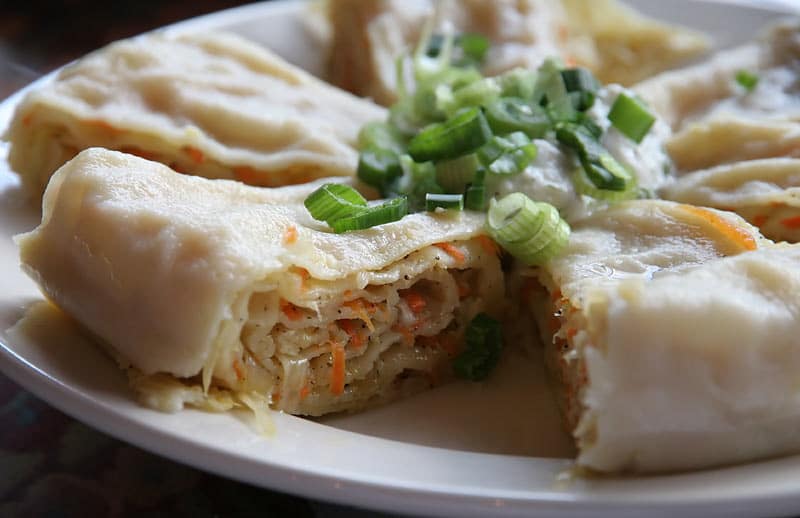
Oromo, Orama, Khanum: A Turkic Pumpkin Delight

Knots of Culture: Central Asia’s Carpet Weaving Heritage

The Talking Kyrgyz Phrasebook

